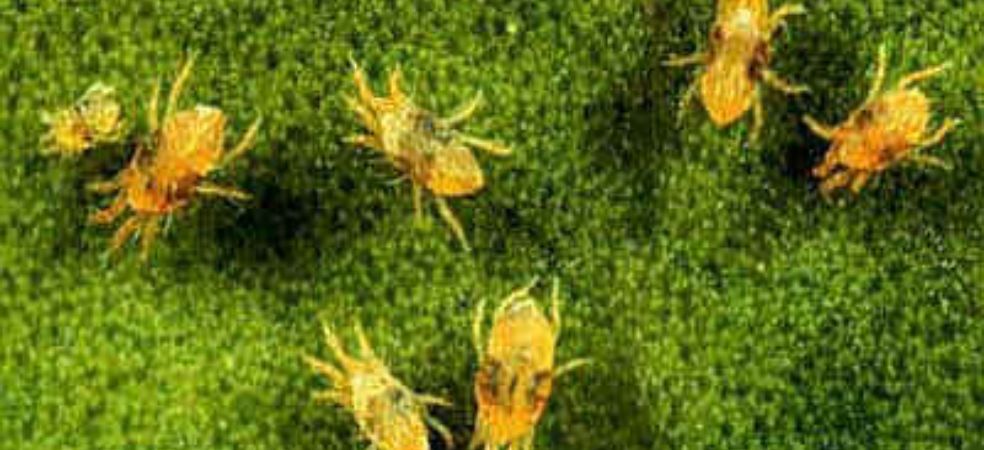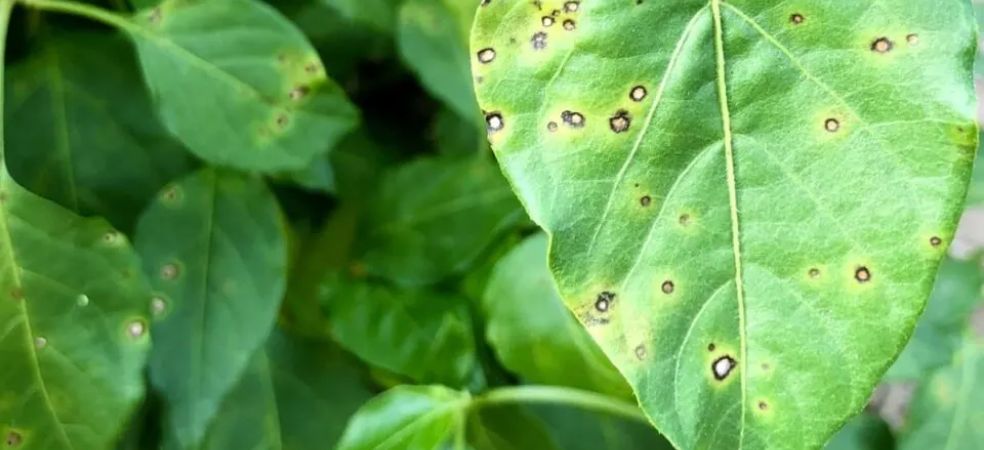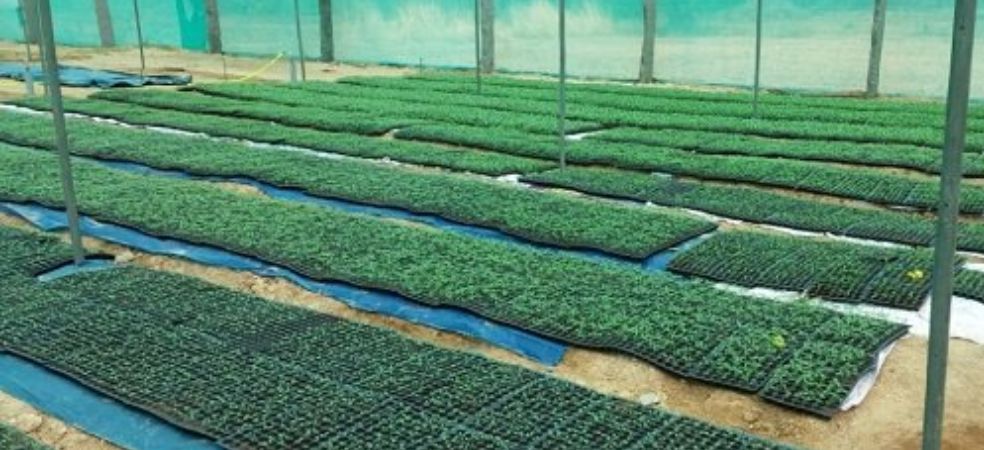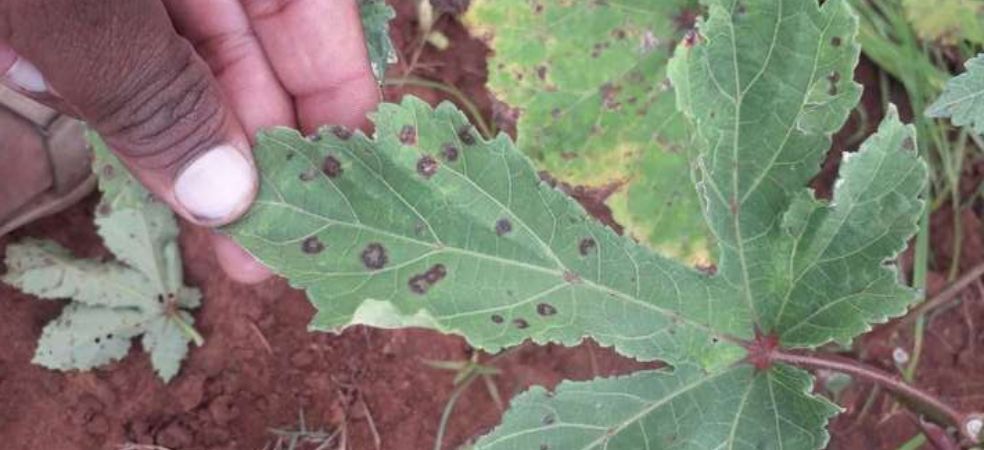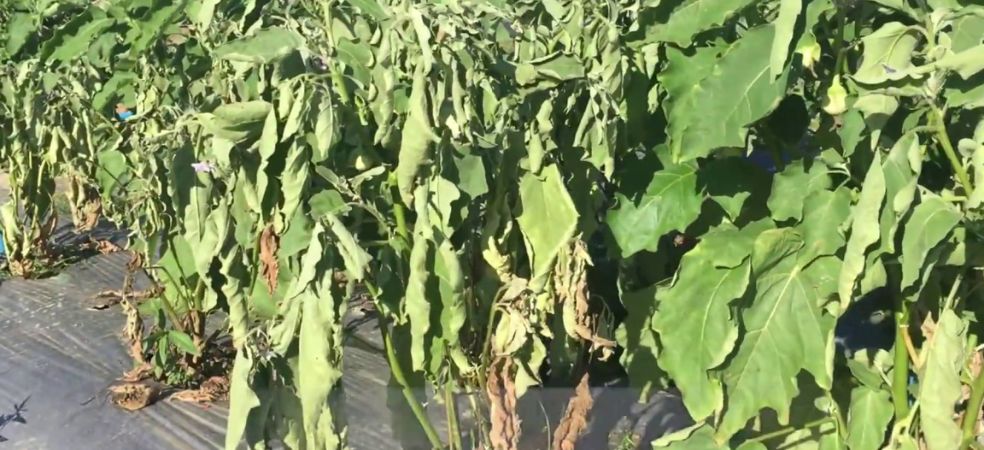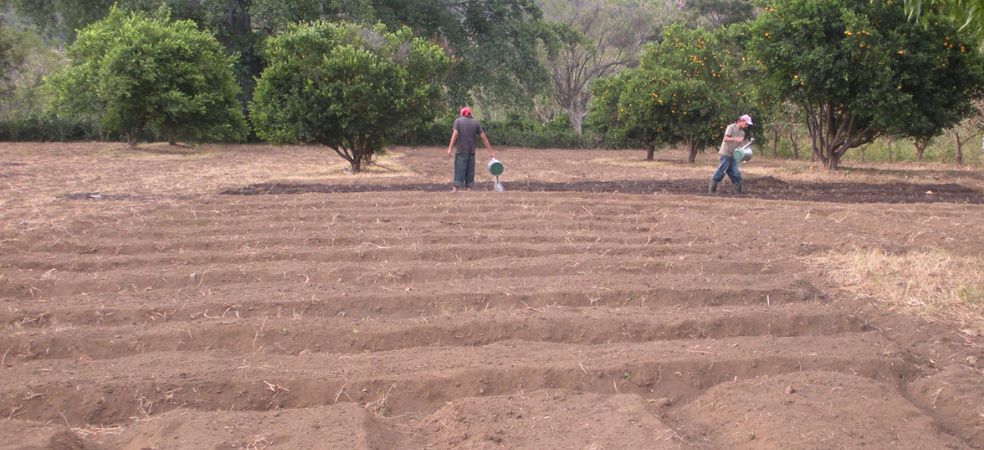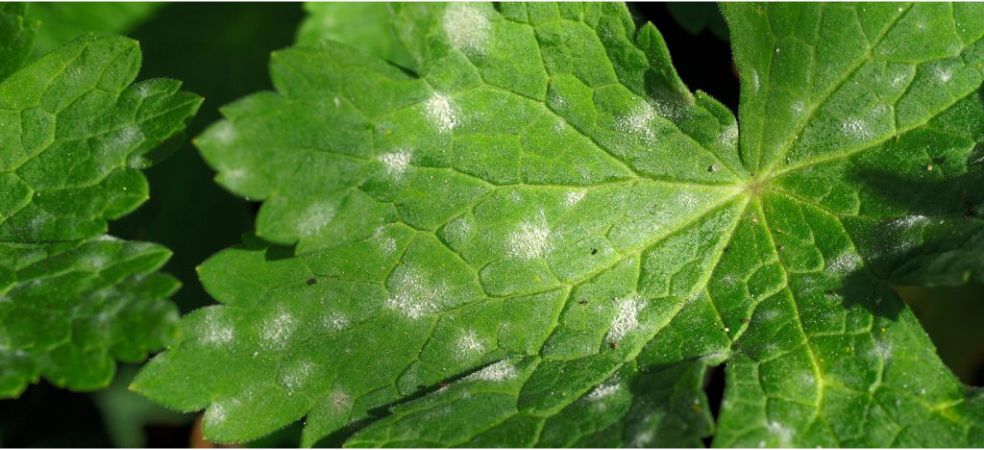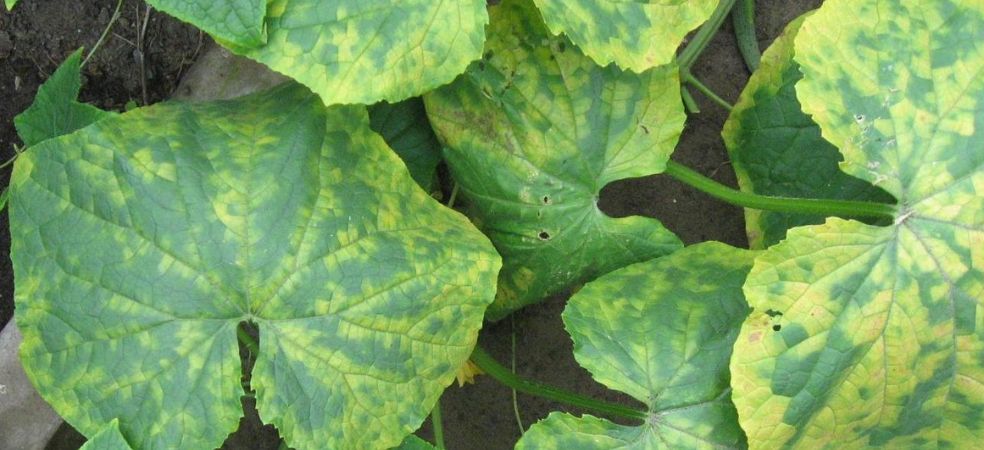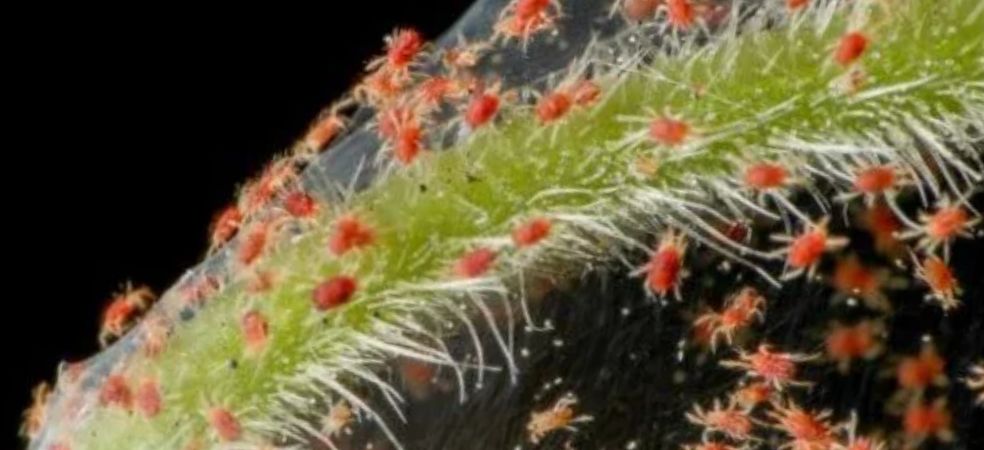Red and yellow mite is a very small insect which forms groups on the lower surface of the leaves. It sucks the juice from the leaves. Due to this, there is a lack of nutrients in the plants, the leaves wither and curl downwards, which stops the growth of the plants. Due to its outbreak, the fruits are less and fall without ripening. Webs appear on plants when heavily infected.
Control: To prevent this, adopt crop rotation or uproot and destroy the affected plants. Apart from this, spray Omite (Propargite 57% EC) @ 400 ml/acre or Oberon (Spiromesifen 22.9% SC) @ 160 ml mixed in 200 litres of water.
ShareFor such important information related to the agriculture sector and farmers, do read Gramophone articles daily. If you liked today’s information then don’t forget to share.

